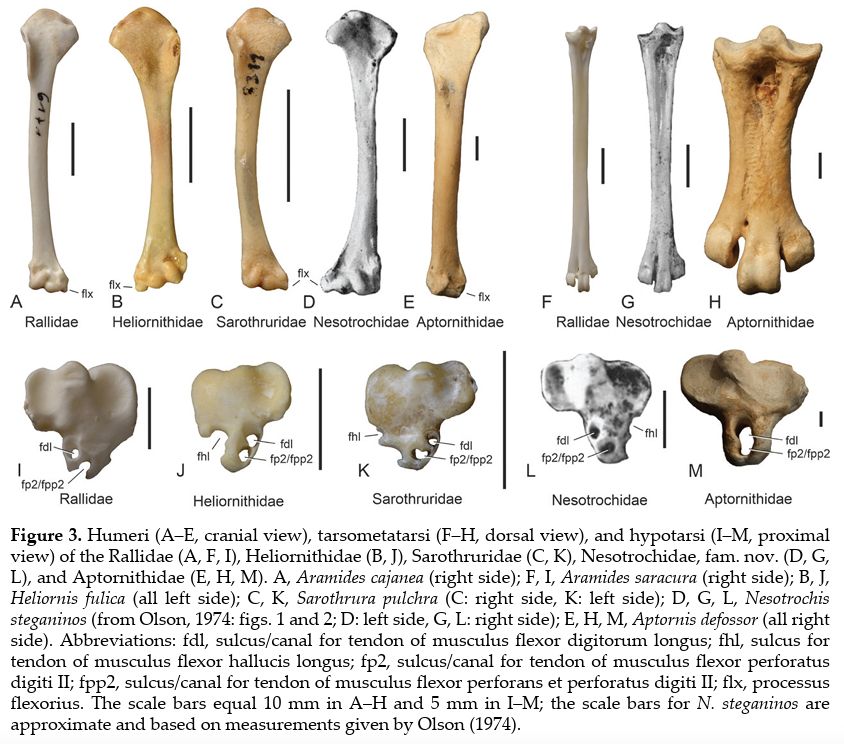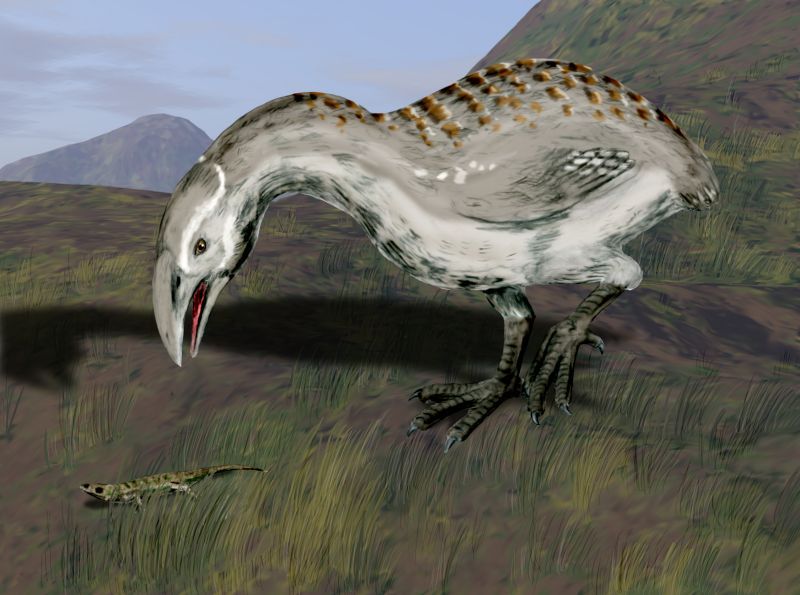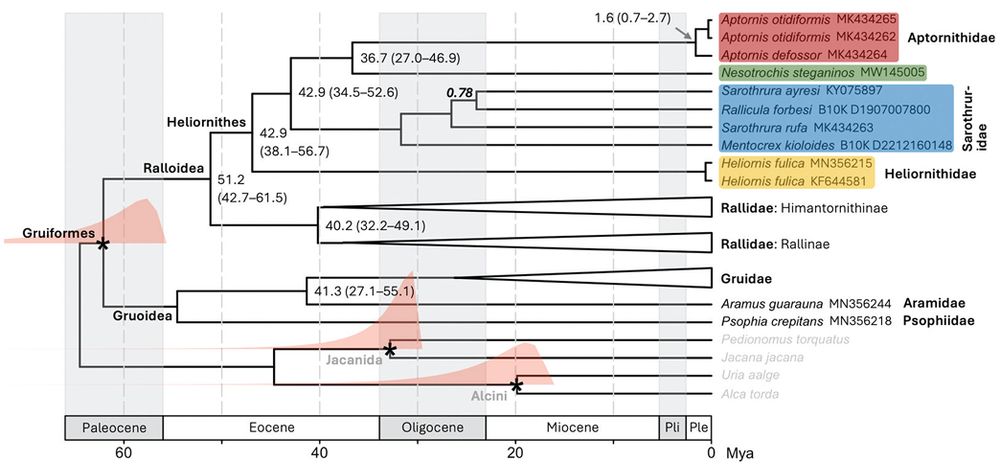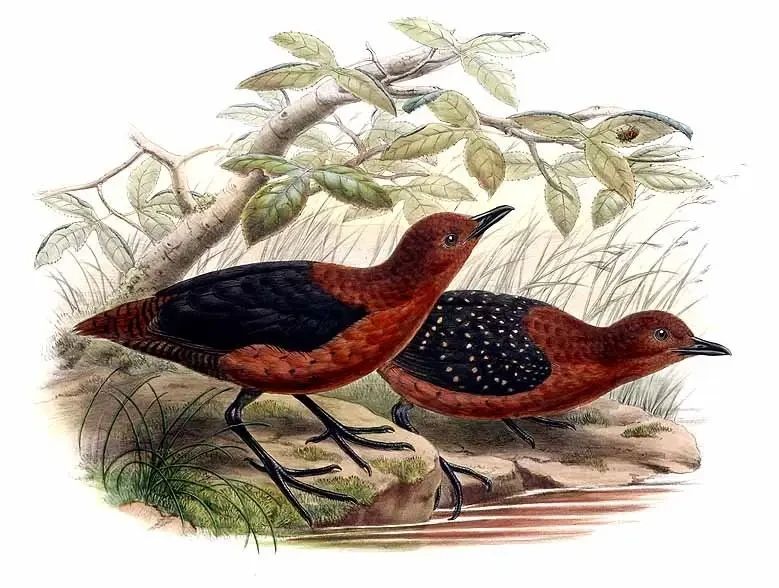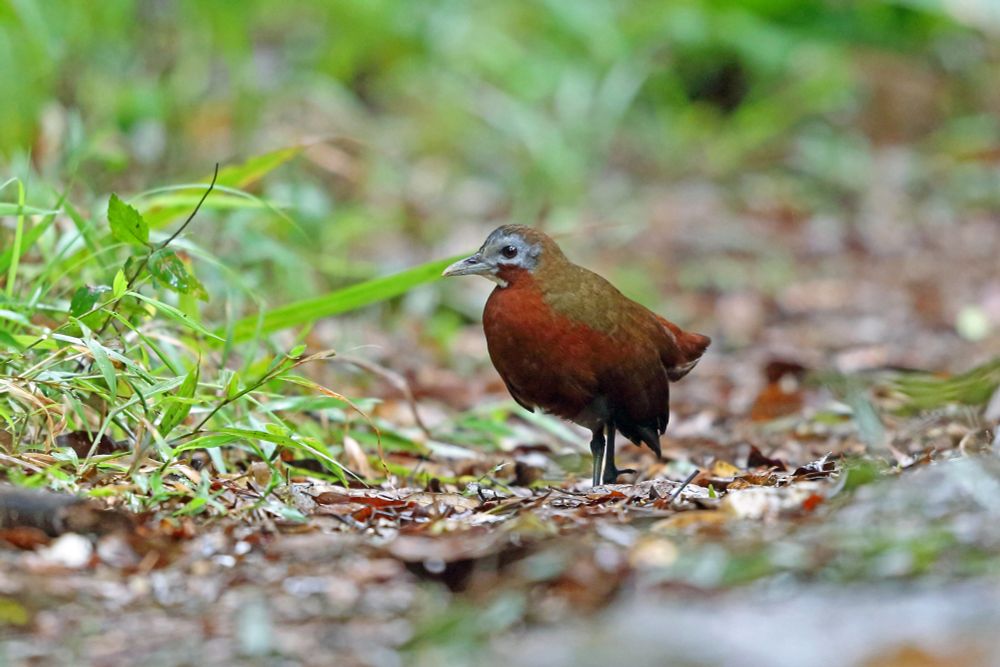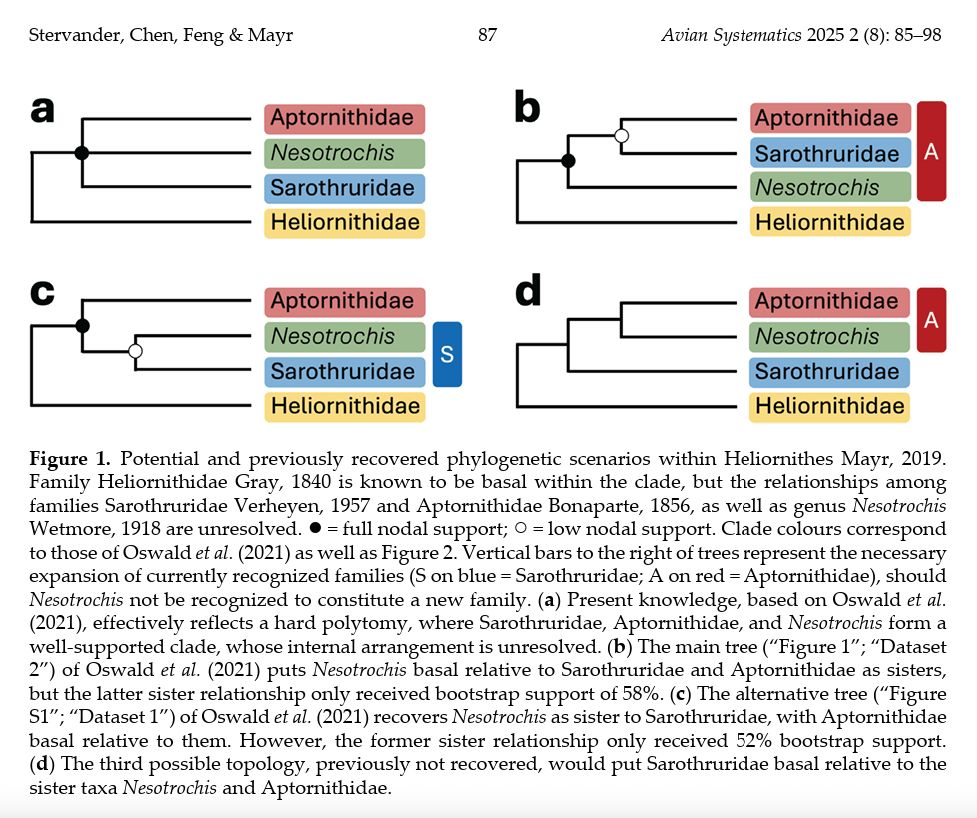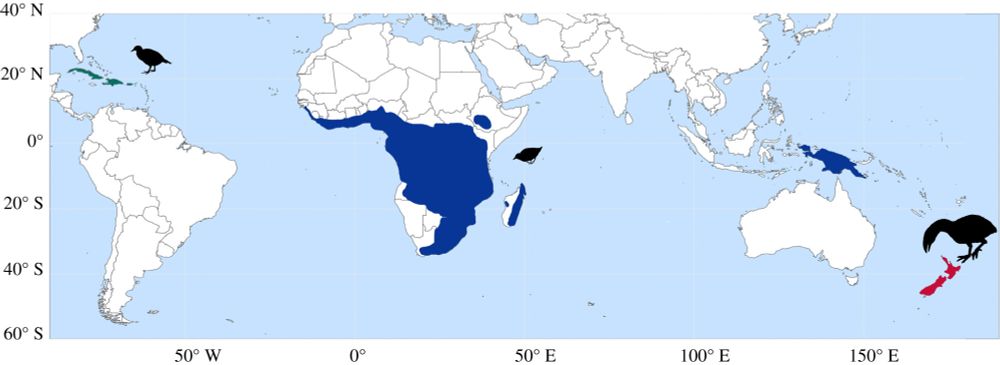Martin Stervander 🏳️🌈🇸🇪🏴🏛️🦉🦤🪶
@stervander.com
3.5K followers
470 following
330 posts
Singing evolutionary biologist, ornithologist, insulaphile. PhD. Senior Curator of #Birds @ntlmuseumsscot.bsky.social, Scientific Assoc @nhm-london.bsky.social, Assoc Editor Ibis & Ornis Svecica, ~Sequencer AviList. [Views obvs my own; ex-X-@nesospiza]
Posts
Media
Videos
Starter Packs
Pinned
Reposted by Martin Stervander 🏳️🌈🇸🇪🏴🏛️🦉🦤🪶
Reposted by Martin Stervander 🏳️🌈🇸🇪🏴🏛️🦉🦤🪶
Reposted by Martin Stervander 🏳️🌈🇸🇪🏴🏛️🦉🦤🪶
Jacquelyn Gill
@jacquelyngill.bsky.social
· Jul 30
Reposted by Martin Stervander 🏳️🌈🇸🇪🏴🏛️🦉🦤🪶
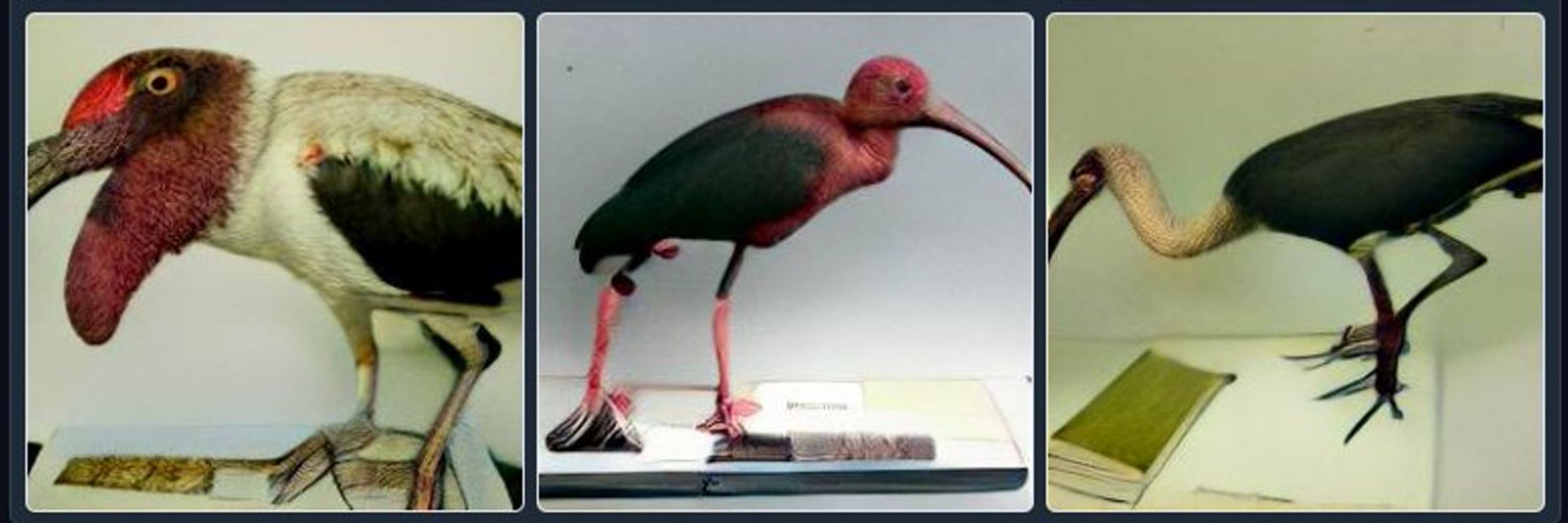








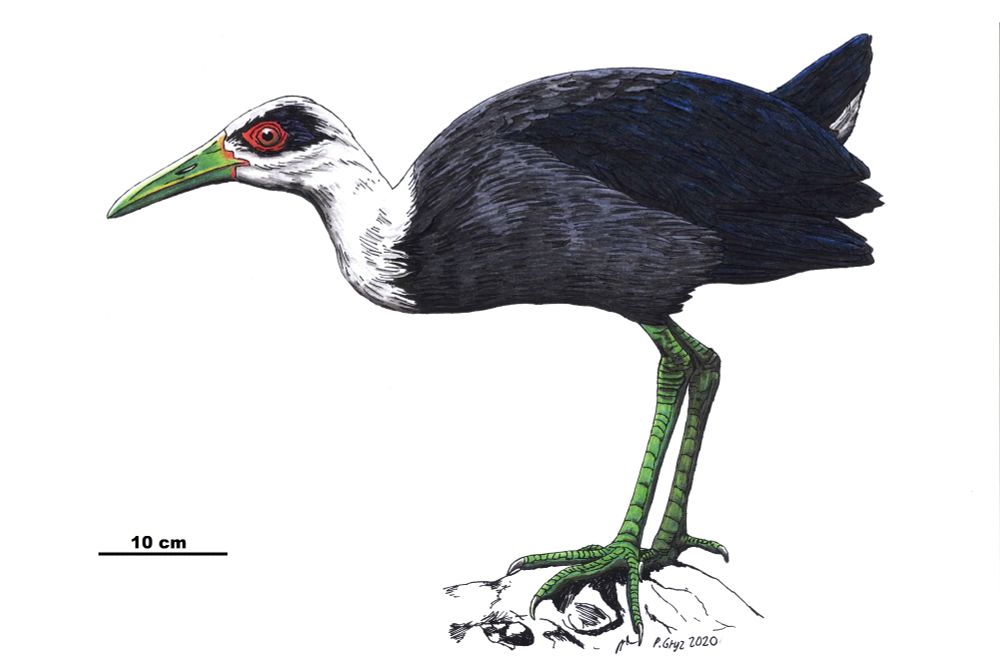
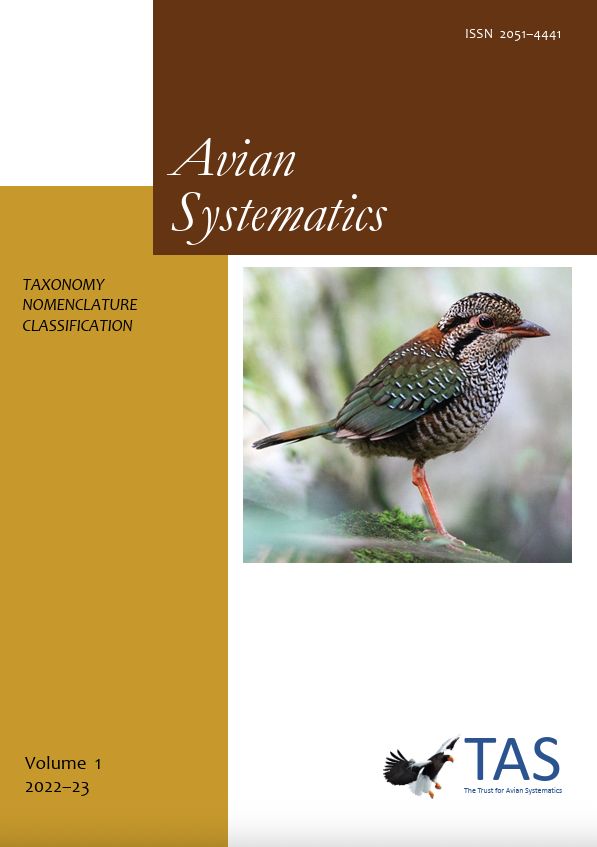
![Illustrating Bird10K by reusing my old collage of Elementaves bird species, arranged following the classical elements, from bottom to top, of water, earth, air, and fire. All images with CC0 license, unless otherwise stated. Water: Humboldt Penguin (Spheniscus humboldti), Common Loon (Gavia immer). Earth: Indian Nightjar (Caprimulgus asiaticus) [Hari K Patibanda, https://flic.kr/p/2oM6rs3, CC BY-NC 2.0], Tasmanian Nativehen (Tribonyx mortierii). Air: Common Swift (Apus apus), Stripe-tailed Hummingbird (Eupherusa eximia). Fire: Sunbittern (Eurypygia helias) [Jean Ogden, https://flic.kr/p/2puQRv2, CC BY 2.0], White-tailed Tropicbird (Phaethon lepturus).](https://cdn.bsky.app/img/feed_thumbnail/plain/did:plc:tqb6ne6mq5swvirjh5wghajw/bafkreihgweocgr7akwx2ypqc4e4abqdrqj6evenybpihiyextjcus4vcwa@jpeg)
